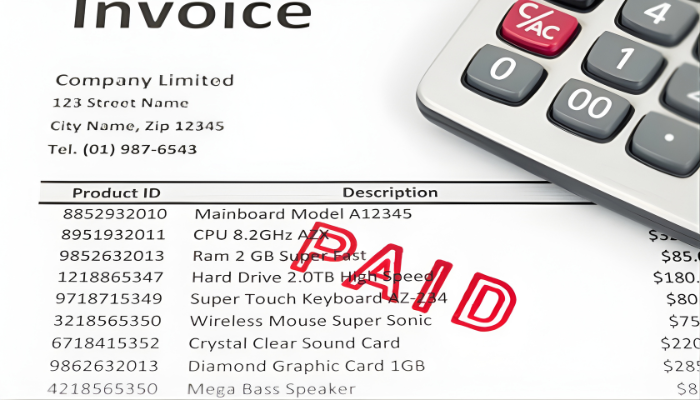
Running a business can be a fun opportunity, but a difficult task. More often than not, business owners are consumed by the daily tasks that keep their business afloat. When this happens, financial numbers are neglected. Yet the importance of a consistent financial review is significant. Keeping a close eye on financial statements is the key to keeping a business in existence.
Financial records can be overwhelming for any business owner. Accounting software can handle everything, and there are so many categories to analyze. The easiest way to analyze a business’ financial status is to know which numbers are the most important. Knowing the important numbers is like a shortcut: it makes finances easier and faster to solve. With this knowledge, a business owner can effectively analyze current finances and make sound business decisions for the future.
There are so many terms and acronyms involved in business finance, but any business owner can grasp an understanding of them without memorizing the jargon. Every business is different, but these key ideas can help any business thrive.
P&L
P&L is known as profit and loss. This is an easy number to review on a consistent basis. The Profit & Loss Statement shows how much money is earned after all business expenses are taken out. It’s recommended to look at the past 12 months or more. This will help analyze the financial trends of your business and indicate whether a sufficient amount of money is being made or lost.
Expenses
Expenses need to be monitored consistently. If the expenses are neglected, the numbers can get out of hand and become chaotic. Most businesses end up losing profit because their expenses amount to more than the profit they bring in. Here are a few things to keep in mind:
• Cost of goods sold (COGS). A business owner needs to know the costs of the material they sell and their production. This accounts for labor, stock (inventory), and the cost of merchandise from the manufacturer. A business owner can account for how much a product is sold to achieve a desirable profit margin.
• Assets. Asserts are the things a business owns in order to be running. Examples of assets could be real estate, land, machinery, technology, cash, etc. A full account of assets will help a business owner know their needs. Assets can accumulate and lead to a loss in profits. A business should keep an eye on profit as well as how much the business spends.
• Liabilities. Liabilities are expenditures the business needs to pay. These can include loans or monthly rents. Knowing how much is spent on liabilities is crucial. Liabilities should be checked consistently in case there are discrepancies in the expenses, such as a power bill being higher one month than it was two months ago, or a new lease being signed and the monthly rent going up. Planning for liabilities is a plan towards profits.
Revenue
The easiest number to check on is the business' revenue. The revenue is all the money a business collects from its goods or services. Revenue earnings can also come from selling company assets or returns on investments. Knowing a company's revenue can help determine the overall cash flow of the business. A consistent cash flow for the business' checking accounts and payroll accounts is critical. All business owners should constantly check on their revenue to determine if there re enough necessary funds for business expenses.
Plan a Schedule
Keeping up on the essential numbers is important for a business' success. A business owner should always set a schedule to go over the basic finances. If done consistently, the operations of business should go smoothly.














